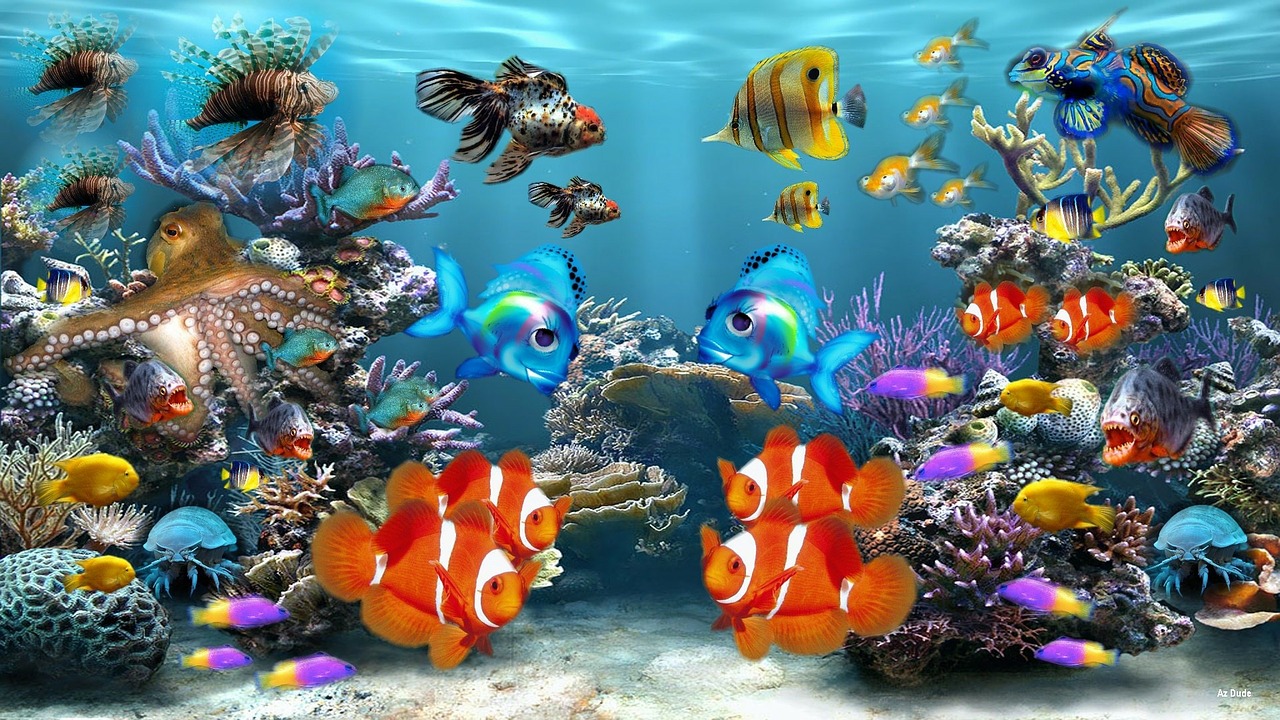Breeding of Pet Fish
Fish are among the most fascinating creatures in the animal kingdom. From their mesmerizing colors to their graceful movements, these aquatic beings never cease to amaze us. And with the rise of pet ownership, more and more people are discovering the joys of keeping fish as pets.
However, while buying pet fish from a store is simple enough, breeding them is a whole different story. Breeding fish is not only a complicated process, but it also requires a lot of knowledge and expertise. In this article, we will explore the art and science of breeding pet fish.
Why Breed Pet Fish?
Before we delve into the various aspects of fish breeding, it’s important to understand why someone would want to breed pet fish in the first place. There are several reasons why fish breeding can be a worthwhile pursuit:
Preservation of Rare Species: Many fish species are becoming endangered due to overfishing, pollution, or habitat destruction. By breeding rare fish species in captivity, we can help preserve their genetic diversity and ensure their continued existence.
READ MORE: A Christmas Miracle for an Old Dog Left Outside in the Cold
Profit: Breeding fish can also be a profitable venture. Some rare or exotic fish species can fetch high prices in the pet trade, while others can be sold as food fish.
Personal Satisfaction: For many aquarists, breeding fish is a rewarding experience that provides them with a sense of accomplishment and fulfillment.
Improving Fish Health: By selectively breeding fish with desirable traits, we can help improve the overall health and vitality of the fish population.
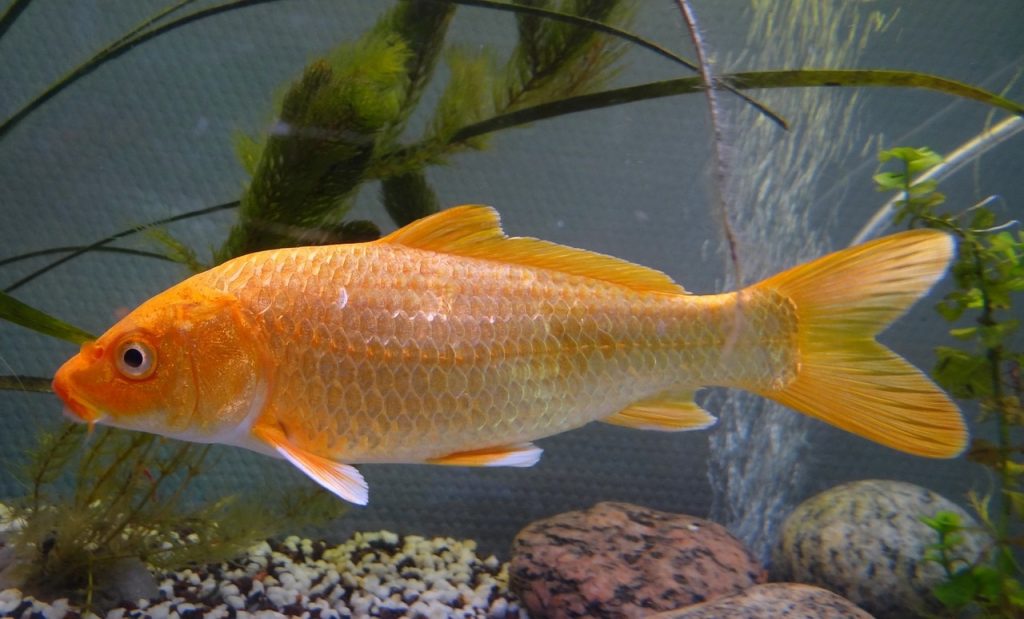
The Science of Fish Reproduction
Fish, like all animals, reproduce sexually. However, unlike mammals, the reproductive organs of fish are located externally. The male fish have testes that produce and release sperm, while the female fish have ovaries that produce eggs.
Fertilization occurs when the male releases sperm near the female’s eggs. The sperm swims through the water and reaches the eggs, fertilizing them. Once fertilized, the eggs will hatch into fry, which is the baby fish.
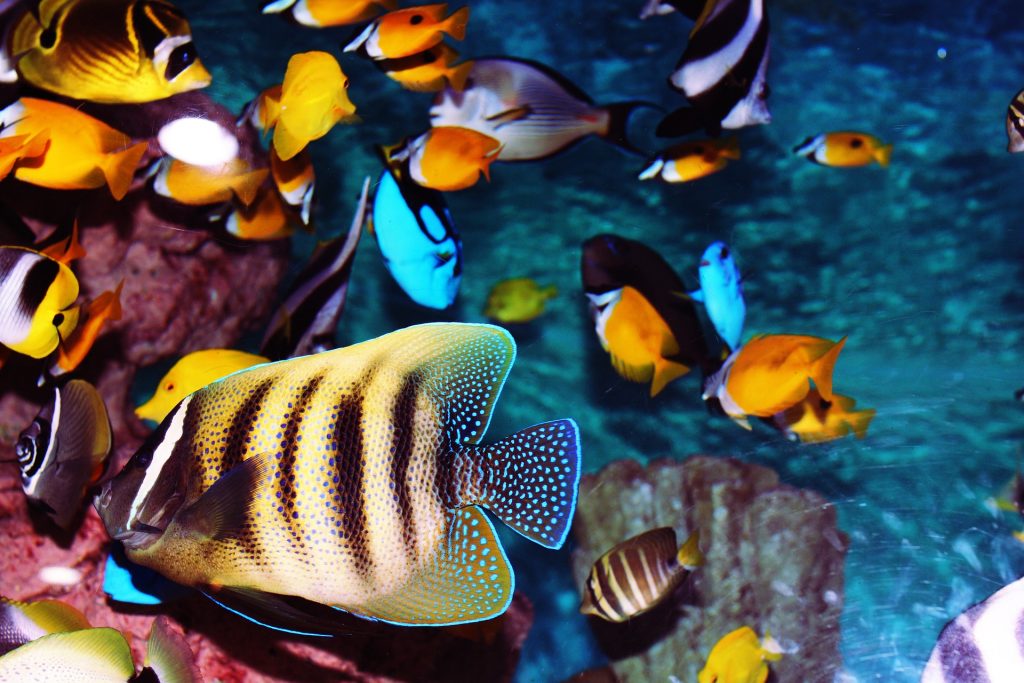
There are two main types of fish reproduction: livebearing and egg-laying.
Livebearing Fish
Livebearing fish, as the name suggests, give birth to live young. These fish retain the fertilized eggs inside their body until they hatch into free-swimming fry. Examples of live-bearing fish include guppies, mollies, and swordtails.
Egg-laying Fish
Egg-laying fish, on the other hand, lay their eggs outside their body. These eggs are then fertilized by the male and left to develop on their own. Examples of egg-laying fish include bettas, angelfish, and goldfish.

Breeding Techniques for Pet Fish
While fish breeding may seem simple enough, there are several factors that need to be considered before attempting it. Here are some of the most important techniques that you need to know before starting your own breeding program:
Selecting Breeding Pairs
The first step in breeding pet fish is to select the breeding pairs. It’s important to choose healthy, mature fish that have the desired physical characteristics that you want to breed. For example, if you want to breed a specific color variant of a fish species, you need to choose breeding pairs that have that color.
It’s also important to choose pairs that have compatible personalities. Some fish species are more aggressive than others and may attack other fish in the aquarium. You should choose breeding pairs that are not only compatible but also unlikely to harm each other.
Setting Up the Breeding Tank
Once you have selected your breeding pairs, you need to set up a breeding tank. This tank should be at least 10 gallons in size and should be equipped with a filter and a heater. You should also add plants and other decorations to provide cover for the fish and aid in the breeding process.
The ideal water temperature for breeding fish varies depending on the species. Some fish require cooler water, while others thrive in warmer temperatures. You should research the specific temperature requirements of your chosen fish species before setting up the tank.
Condition the Fish
Before breeding, it’s important to condition the fish. This involves feeding them a high-protein diet and providing them with optimal living conditions. Conditioning helps to ensure that the fish are healthy and ready to breed.
Triggers for Breeding
Certain triggers can help induce the breeding process. For example, some fish species require a change in temperature, light levels, or water chemistry. You should research the specific triggers needed for your chosen fish species and implement them accordingly.
Spawning
Once the breeding pairs have been conditioned and the breeding tank has been set up, it’s time for the actual spawning process to begin. During spawning, the male fish will chase the female around the tank and attempt to nudge her toward a particular spot.
Once the female is ready to lay her eggs, the male will wrap his fins around her and release his sperm. The fertilized eggs will then attach themselves to various surfaces in the tank, and the breeding pair
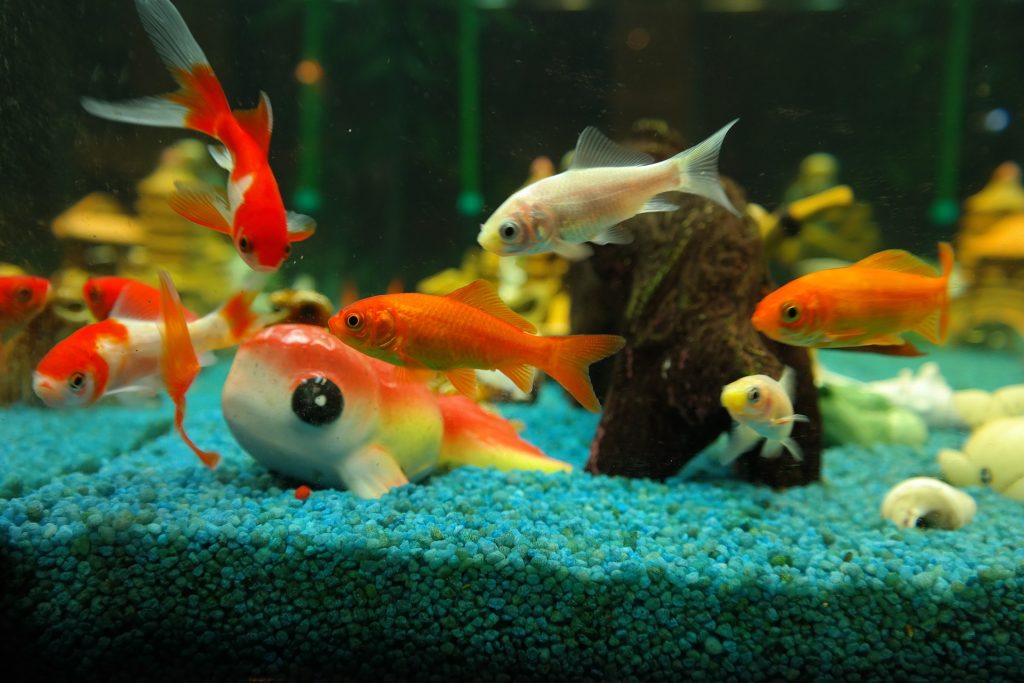
benefits of breeding fish
Sustainable food source: fish farming can provide a sustainable source of protein and key nutrients for human consumption, reducing the overfishing of wild fish populations.
Improved fish genetics: selective breeding can improve the quality of fish, such as growth rate, disease resistance, and improved overall health.
Economic benefits: fish farming can be a profitable business, providing jobs and income for people in the community.
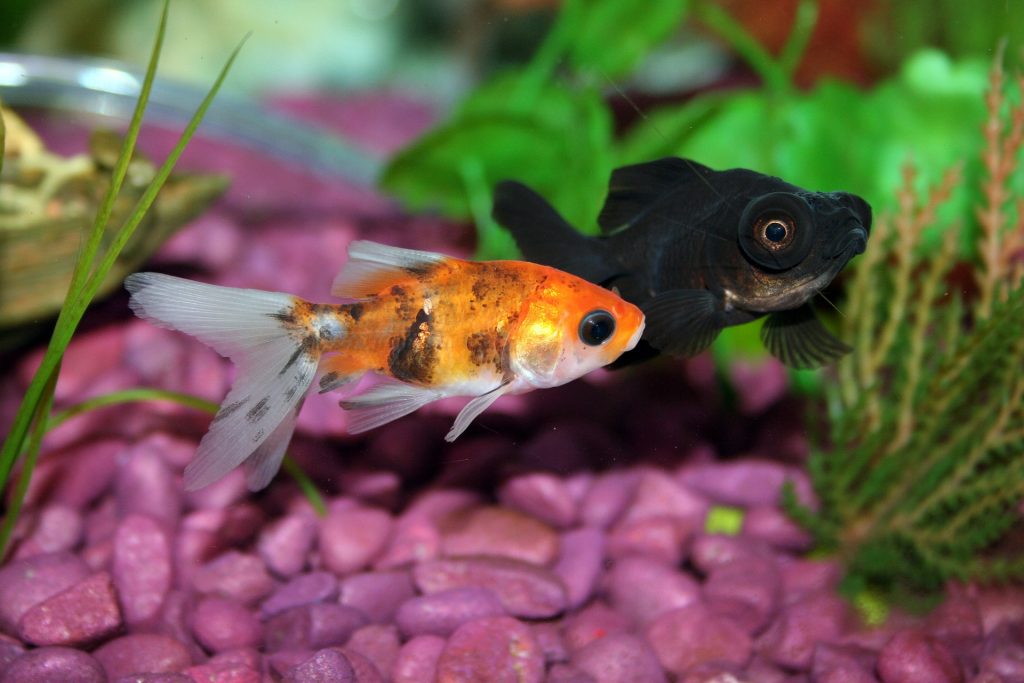
Efficient use of resources: fish farming has a lower carbon footprint than traditional agriculture and utilizes water resources more efficiently.
Biodiversity conservation: breeding fish in captivity can also serve as a means of conserving endangered or threatened species.
